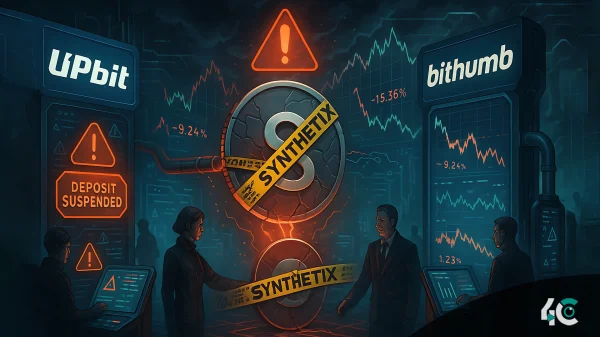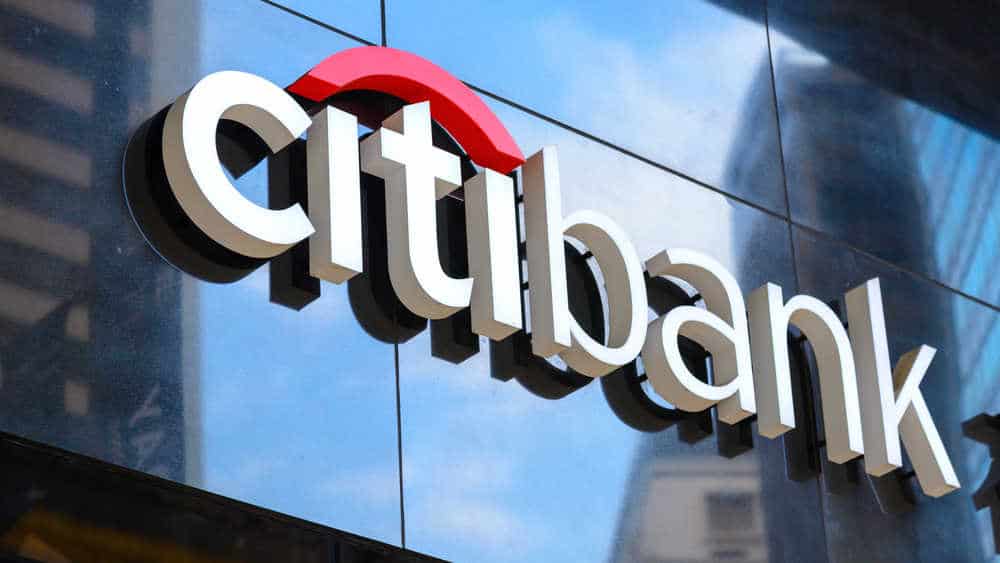Citigroup has announced Citi Token Services, a private blockchain that requires permission to use and uses permission tokens to provide institutional customers with solutions for automated trade finance, cross-border payments, and liquidity management. According to a release, the newly introduced services will integrate tokenized deposits and smart contracts into Citi’s global network.
Digital asset technologies have the potential to upgrade the regulated financial system by applying new technologies to existing legal instruments and well-established regulatory frameworks.
Shahmir Khaliq, Citi – Global head of services
According to Citi, the goal is to reduce the amount of time and effort required to complete significant transactions by digitizing bank guarantees and letters of credit that are part of the trade finance ecosystem. According to a statement released by Citi on Monday, the bank collaborated with the integrated logistics business Maersk on a trial to see how well it would operate in the shipping sector. The process of collecting payments and processing transactions may be laborious and intricate in the shipping business, which can provide difficulties for financial institutions.
Citi Treasury and Trade Solutions (TTS), which has banking licenses in more than 90 different countries, has successfully completed two trials of the service. Through a second trial program, customers were given the ability to move liquidity between Citi branches at any time of day or night. This helped reduce frictions related to cut off times and gaps in the service window.
Our solutions within the Citi network are complemented by inclusive and open industry collaboration on initiatives like the Regulated Liability Network.
Ryan Rugg, TTS – Global head of digital assets
According to the bank, Citi Token Services has also been used in a worldwide cash management trial. This has given the bank’s institutional customers the ability to move liquidity between Citi branches at any time, day or night.
In November of 2022, the technology known as the Regulated Liability Network (RLN) was first implemented. Citi was one of the several significant financial firms that took part in a proof-of-concept experiment that was overseen by the Federal Reserve Bank of New York and finished up in July. In order to facilitate automatic settlement, the RLN architecture incorporates both assets and liabilities into the same ledger. It is one of a handful of concepts for a “unified ledger” that have surfaced over the last several months. The new Citi service makes use of deposit tokens, which are commercial bank funds that have been tokenized.


































